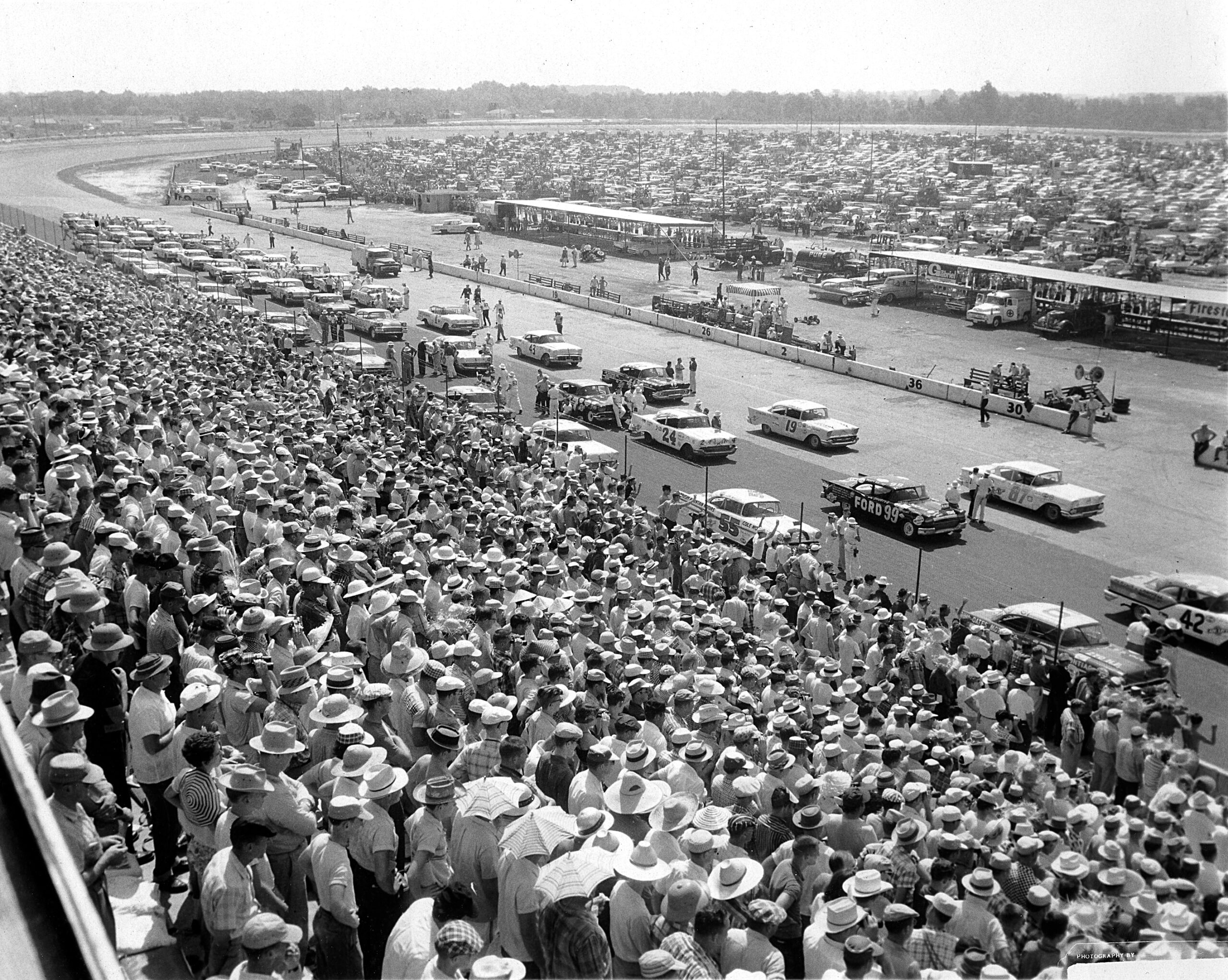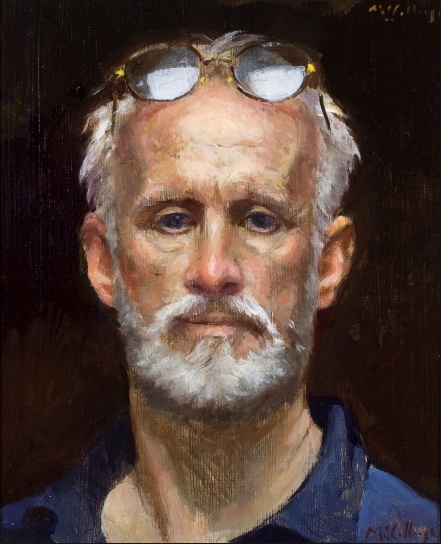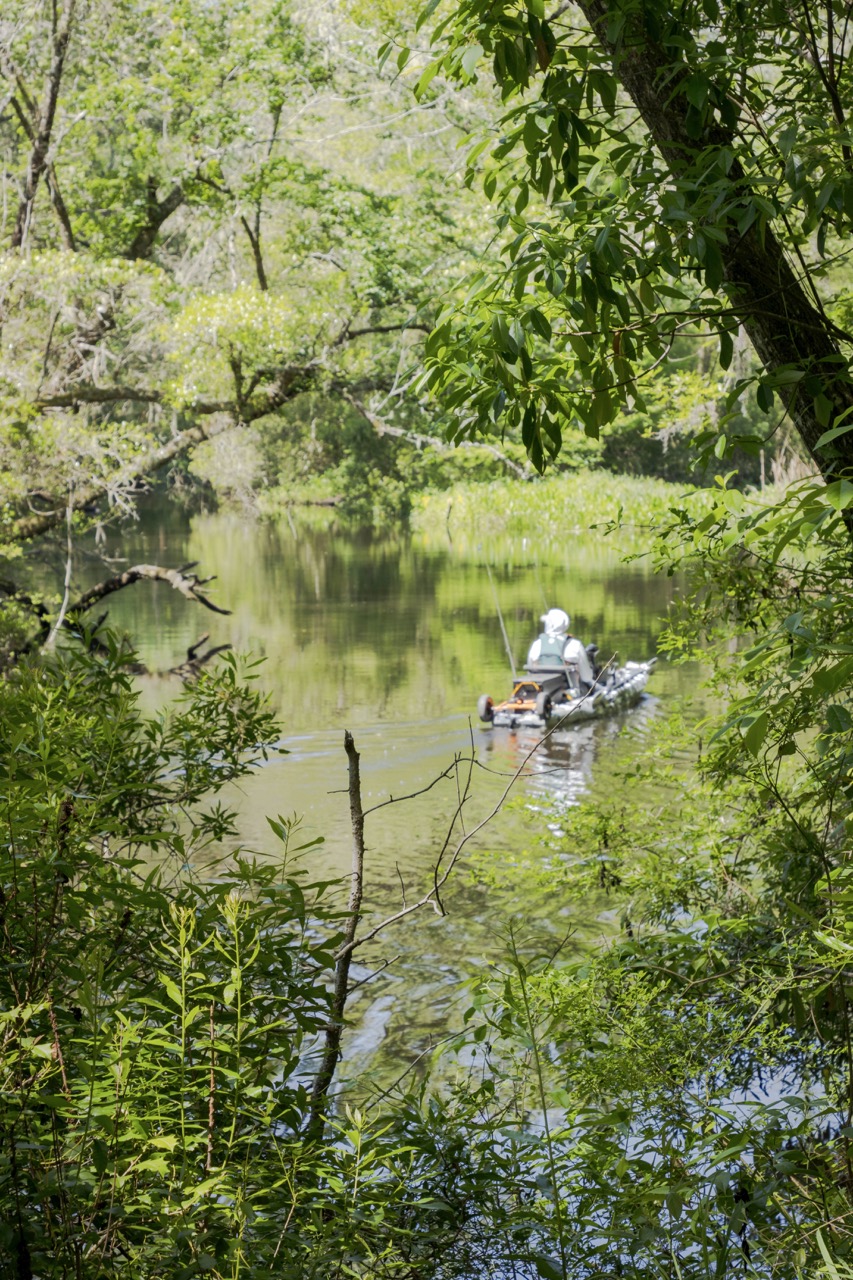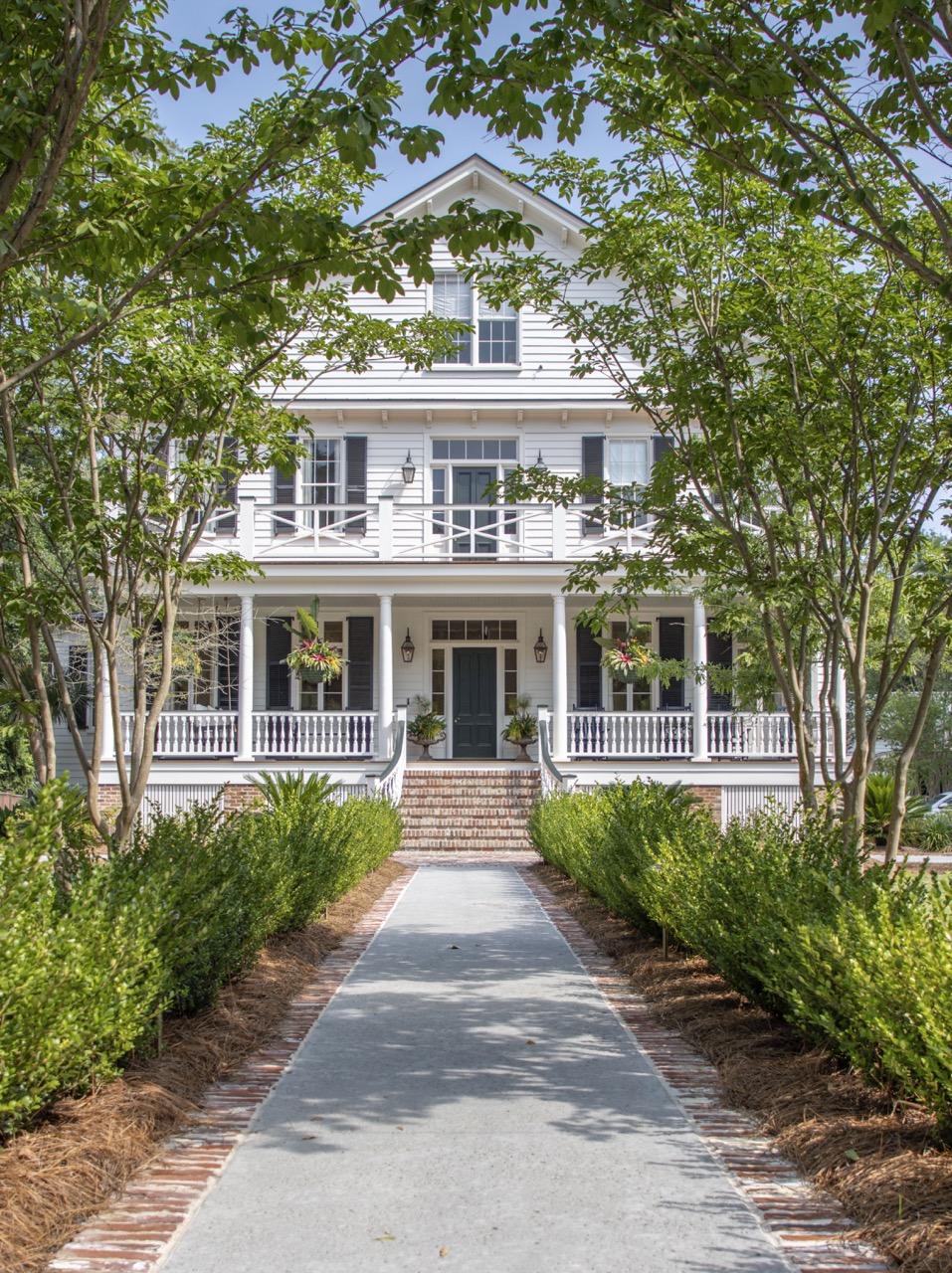Stretching out in the Spring sunshine, “The Lady in Black” marks Mother’s Day by reminding NASCAR fans just how tough a mother can be.
Stretching out in the spring sunshine, “The Lady in Black” marks Mother’s Day by reminding NASCAR fans just how tough a mother can be.
For many, Mother’s Day is represented by springtime, sentimental cards, flowers, and gifts tied with pastel ribbons. In 2021, Americans spent $28.1 billion to show Mom they cared. But for NASCAR fans and their moms, there is an additional reason to celebrate the traditional rite of spring. Racing—specifically racing at Darlington Speedway. It is not clear how Mother’s Day initially became linked to the track dubbed “The Lady in Black,” but this year the racetrack will mark the day with the return of revving engines and squealing tires. With NASCAR’s 37% female fan base, it’s a sure bet that there will be plenty of mothers in the crowd gathered for a memorable weekend of racing.
Darlington, SC sits at the heart of the state’s agricultural belt. So it may seem surprising to find this asphalt jewel amidst the Pee Dee region, famous for its tobacco auctions and endless cotton fields. But as legend tells it, it was over a 1949 card game that Harold Brasington proposed the idea to Sherman Ramsey, whose tobacco and cotton fields outside the city limits lay fallow in the baking Southern sun. Fueled by a trip to Indianapolis Motor Speedway, Brasington had a hunch that stock car racing might well be a game-changer for American automakers. So he decided it was time to go all in.
Preoccupied with the hand in play, Ramsey agreed to build a racetrack on the land, stipulating that construction must not interfere with his minnow pond in the corner of the property. He never imagined it would actually happen.
Brasington immediately set to work. Skeptics called it “Harold’s Folly.” They brought picnic lunches to watch the bulldozers and heavy equipment shape the landscape into NASCAR’s first paved superspeedway, often with Brasington himself at the controls. The track slowly took shape—an asphalt-topped, asymmetrical, egg-shaped oval with curves made difficult by a purposeful design to miss the minnow pond. It would be the proving ground for fierce competitors vying for the honor of having their names inscribed in history.
In only a year, the call went out to the knights of NASCAR, challenging them to run their steel horses on the 1.25-mile track. Concrete bleachers were built to accommodate an optimistic estimate of 7,000 race fans. By the time engines were started on Labor Day weekend’s 1950 NASCAR Grand National Series Southern 500, more than 20,000 fans had occupied every square inch of space lining the track and infield of Darlington Raceway.
The starting lineup included a Who’s Who list of the day’s best drivers, including Fireball Roberts, Curtis Turner, Lee Petty, and Johnny Mantz. Though he was the slowest qualifier amongst the field of 75 drivers, when the checkered flag waved the 1950 Plymouth to victory, Mantz captured the day—taking home a whopping $10,510. It had taken him over 6 hours to drive the 400 laps at an average speed of 75.25 mph. Only 25 of the 75 starters finished.
No one remembers who first referred to Darlington’s track by the feminine nickname of “The Lady in Black.” Those present for her debut gave stunned accounts of their encounter with the ribbon of blazing black asphalt. Legend quickly spread about the track among drivers, whose defiant curves sent them on a ride that left them hot, bothered, and spinning in dizzying circles at her feet. It would not be long before an apt new tagline was added to the Lady’s name. Despite her Southern charm, the Lady was “Too Tough to Tame.”
South Carolina native, Cale Yarborough, won The Lady’s hand five times in his thirty-year career. His first glimpse of the enigmatic track came when the curious young boy climbed to the top of the fence to look out on the rumbling cars beyond. It was love at first sight, and Yarborough says he knew immediately that this was what he wanted to do for the rest of his life. So, in 1957, he chose the Lady in Black to play hostess to the first race of his professional career. Little did he know, a few years later, she would send him and his car careening back over the fence in 1965’s Southern 500.
It was not a smooth ride for those early drivers. NASCAR was in its infancy, having been founded in 1948, only a year before Brasington’s bulldozers took to the cotton field outside the sleepy city of Darlington. The men who chose the life of a driver took on a job with no glitz and very little glamor. Instead, a never-ending cycle of putting cars together, loading them atop flatbed trucks for the drive to the track, and heading to the next race awaited them. Often, they arrived just in time to start their engines for qualifying.
Sponsorships and endorsement deals began to make the job a bit more lucrative, but many ran for the pure love of the sport. Sportswriter Angela Campbell of SpeedwayMedia.com summed up the drivers of NASCAR’s formative years. She described independent owner/driver #71 Dave Marcis as “a reflection of a time when it wasn’t all about fame and fortune—it was about accomplishing extraordinary things with little money, great determination, and tremendous ingenuity.”
Far from the high-tech gear of today’s racers, little stood between these drivers and the very real dangers of the sport. There were no 5-point safety harnesses or full-face racing helmets. At best, flame retardant suits were rudimentary, and communication was conducted via hand signals between driver and pit crew. Darlington’s Labor Day time slot also added the sultry heat of Southern summer to the mix.
Yarborough remembers, “I don’t know how we did it. It would get so hot you could barely breathe. Your shoes would melt and stick to the floor.” Tired of the relentless blisters that formed on his heels at weekly races at Darlington Raceway, Dave Marcis took to wearing thick-heeled wingtip shoes to combat the searing heat of the floorboards. The iconic shoes would become his trademark, finding their way into The Darlington Raceway Stock Car Museum, NMPA Hall of Fame.
Despite the hazards, they raced on. As new tracks were added to the circuit, drivers crisscrossed the country. Still, the treacherous Lady in Black called like a siren, and they returned each year to woo her. The tarred Southern Lady revealed a fiery will. Immune to their charms, she required drivers to travel high up the narrow track to kiss the wall, then marked their fenders with the “Darlington Stripe,” a black smudge that would come to be a badge of honor.
Nine-time Darlington winner Dale Earnhardt once described his love- hate relationship with the course. “You never forget your first love— whether it is a high school sweetheart, a faithful old hunting dog, or a fickle racetrack in South Carolina with a contrary disposition.”
NASCAR saw tremendous changes through the years, and at times, The Lady in Black struggled to keep up. She was re-measured, repaved, and reconfigured to 1.366 miles, literally flipping the layout to reverse the turns. Grandstands were added, and lights offered the flexibility of night races. Despite best efforts to keep her relevant, NASCAR’s decision to move the Southern 500 to California’s Auto Club Speedway in 2003 was a slap in the face to the legendary Lady. It was a move that flew in the face of history and was a devastating blow to the Darlington area. As a significant financial contributor to the Pee Dee region, annually generating over $54 million in economic impact for the area, the notion of their raceway suffering the fate of other, shuttered tracks was unimaginable for the community. It was also a matter of tradition and pride for the Palmetto State.
It took a dozen years, but NASCAR got the message. The track announced a new five-year strategy to honor each era of its storied past while celebrating the future. As a result, Harold Brasington was posthumously named the recipient of the Landmark Award for Outstanding Contributions to NASCAR and inducted into the NASCAR Hall of Fame.
This year, Darlington will host Throwback Weekend with all three national series of the Camping World Truck Series on Friday, May 6th, the Xfinity Series on Saturday, May 7th, and the Cup Series on Mother’s Day, Sunday, May 8th. The track’s highly acclaimed throwback platform will enter its eighth year and promises to provide fans with a one-of-a-kind tribute to the sport’s past, present, and future. Once more, the Lady in Black’s Mother’s Day race experience will perfectly unite generations of race fans with their mothers for a memorable celebration weekend with action-packed racing.
It is a new day for NASCAR, and Harold Brasington’s unlikely creation in the dusty soil outside Darlington has stood the test of time. The Lady in Black has proved her allegiance to him and the sport he loved. With her legendary black stripe, she reminds all that she is not to be trifled with. Call her “Too Tough to Tame.” She will stretch out in the spring sunshine and smile to herself.
Happy Mother’s Day to the mother of all tracks: South Carolina’s Darlington Raceway—The Lady in Black. AM






